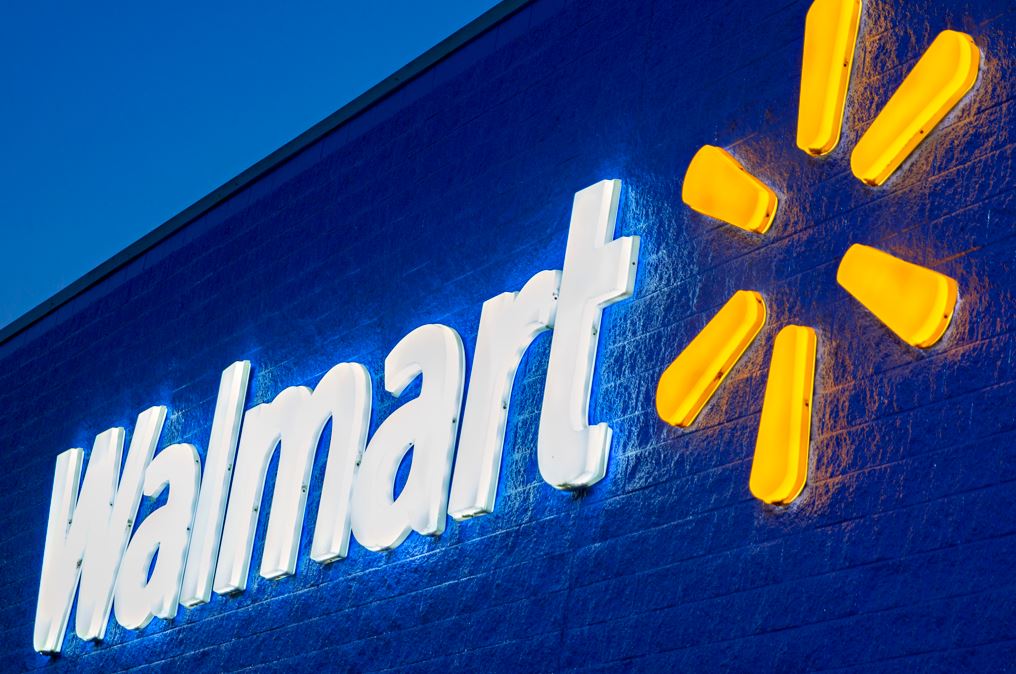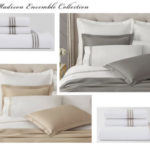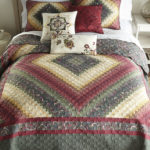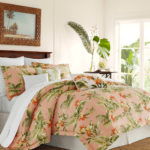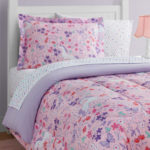
The tombstone should read:
DTC
Born: 2010, Died: 2022
Rest In Store
With the recent news that the beauty brand Glossier had become the latest direct-to-consumer brand to begin selling its products through a third-party retailer – Sephora – we can officially close the chapter on the digitally native era.
Sure, companies like Glossier, Casper, Warby Parker – and closer to home textiles, Boll & Branch and Parachute – continue to sell online with a direct-to-consumer model. But increasingly they are opening their own stores or placing their products for sale through other established retailers.
Casper has more than 65 of its own stores and says it products are available through nearly two dozen other retailers from Bed Bath & Beyond to Rooms To Go to Wayfair. Warby Parker, the eyeglass company, says more than half of its sales come from its own stores rather than from its e-commerce operations. Just about every other consumer product company that began life online has moved into physical retailing in one way or another.
Not since the explosive emergence of the catalog showroom model in the 1970s and 80s and their just-as-quick meltdown later in that century have we seen a retail format rise and fall in such a rapid manner. (OK, maybe the flash sale phenomenon lasted even shorter, but that really was a blip, don’t you think?)
And before the nasty rebuttals come from the DTC guys out there, I’m not saying you’re toast, I’m just saying you need physical outlets to make it work.
How did this all happen? When the DTC guys first came along and said stores are the enemy and they had a better way, it all sounded pretty inviting. And it was, what with free deliveries, ridiculously liberal return policies and in many cases prices that were extremely competitive with what legacy retailers were selling things for. Of course, it helped that most of these start-ups were adhering to the tech model as pioneered by Amazon – all about building the top line and not anything about the bottom line. While a handful of DTC start-ups said they were profitable, most danced around the question both before and during the pandemic.
Now that conspicuous consumption – especially for home products – has calmed down significantly and virtually-free money is gone with rising interest rates, the need to reel in expenses and actually show a profit has usurped the esoteric beauty of only selling online.
So, we find ourselves in a new era for all of these businesses. Call it DTC2.0 or Sometimes-Direct-to-Consumer or even Sell-it-However-We-Can, but this is now officially the end of DTC as we knew it. And you know what? The industry is the better for it for all of these companies getting into the business.
We’ve seen the establishment of new brands, something that is most difficult to create and sustain, especially in home textiles. Retailers have new places to buy from and new things to offer their shoppers. Existing vendors have had to adapt their products and policies to compete against the upstarts.
And, most importantly, the visibility of these products – again, especially in soft home – has been enhanced and enlightened in the eyes of the consumer. For an industry that does a poor job of communicating with the ultimate users of its products, this is a huge step up.
The best DTC companies will stick around and continue to prosper. We just have to call them something else now.
Editor-in-Chief Jennifer Marks shares news and views from around the home textiles marketplace.

